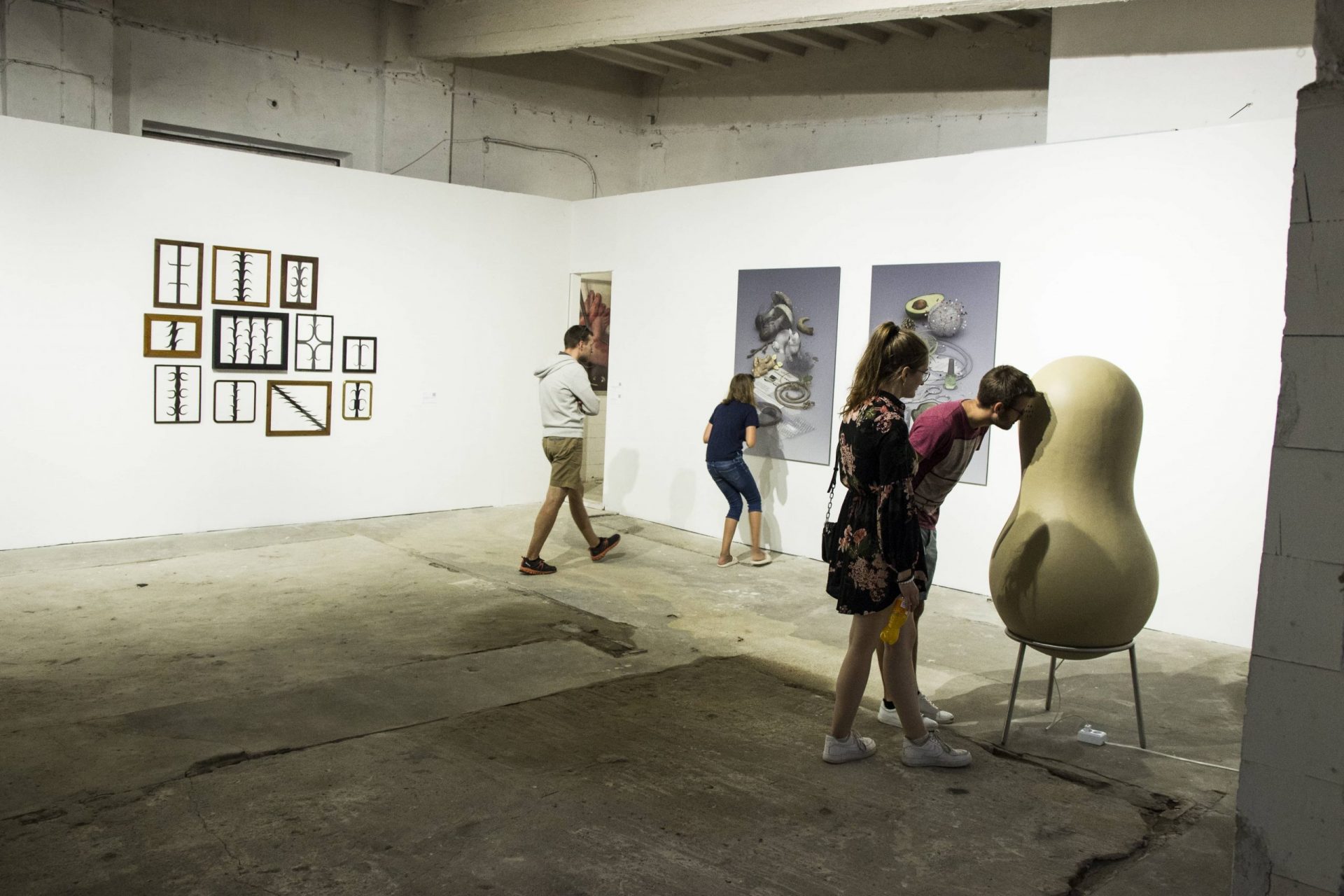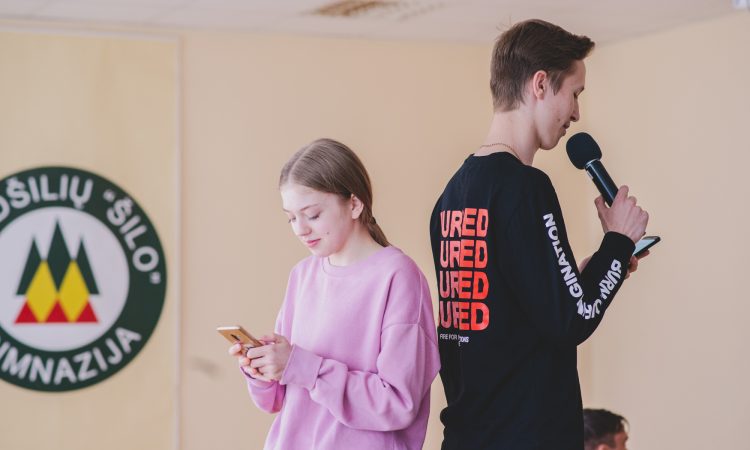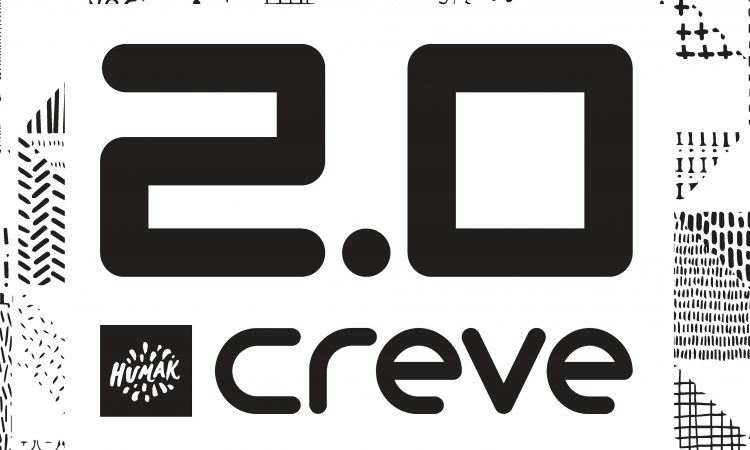
Photo by Annemarija Gulbe. Courtesy of Institute for Environmental Solutions
The Science and Art Centre “Brewery” in Cēsis, Latvia was developed by the Institute for Environmental Solutions (IES) which has owned and managed the “Brewery” since 2013. As an international research, development and innovation organization, IES strives to develop innovative solutions for complex environmental challenges by employing a multi-stakeholder involvement. Its core focus is on smart technologies, environmental data, human data and territory research
Idea of the initiative…
The spark for the inter-sectoral dimension engaging creative professionals was the discovery that artists were able to use visual tools that highlighted scientific and research questions in the scientific data that were not visible using the scientific approaches to solve environmental problems. The team now involves also artistic, social, culture, philosophy expertise and runs tests via hakathons and prototyping.
Innovation and inspirational know how
The Science and Art Centre developed as a platform of initiating, testing new approaches, new partnerships. It addresses priorities such as protecting the natural grasslands and introducing new management approaches, e.g. a commons-based governing. Other issues involve climate responsible agriculture. IES is involved in large-scale projects under the EU LIFE programme –tackling climate change and environmental issues.
The local ecosystem of Cēsis is very strong and diverse lines overlap, e.g. bioeconomy, food production, agriculture, culture, art and democracy festivals, as well as data and new technologies. IES actively engages the public, for example developing international exhibitions seminars and conferences, specialized workshops for key stakeholders.
Challenges…
The main challenge in implementing cross-sectoral initiatives has been to find methods and communication tactics for scientists, artists, professionals and innovators to listen to each other, to really work together and achieve sustainable results.
Establishing respect and recognition among the disciplines, not only among artists and scientists but also among scientific disciplines, such as chemists and data scientists.
Meeting the challenges…
The core lesson learnt was that a preparatory phase is essential to allow the professionals to get to know reach other before launching the work challenge.
An illustrative example is one involving a design thinking coach to solve a problem of the local municipality with regard to an ancient riverbank that needed to be integrated in the tourist route. The team included an innovative tourism data scientist, a visual artists and landscape artists.
Impact…
The main indicators of impact include new and novel types of partnerships, new service/production niches, new competences of the team, new projects and methodologies.
And the future… The plan for the brewery is to become an international centre of excellence where science, art and engineering can be fused together to address environmental issues.
Further Reading
https://www.videsinstituts.lv/en/cesis-brewery/cesis-brewery



